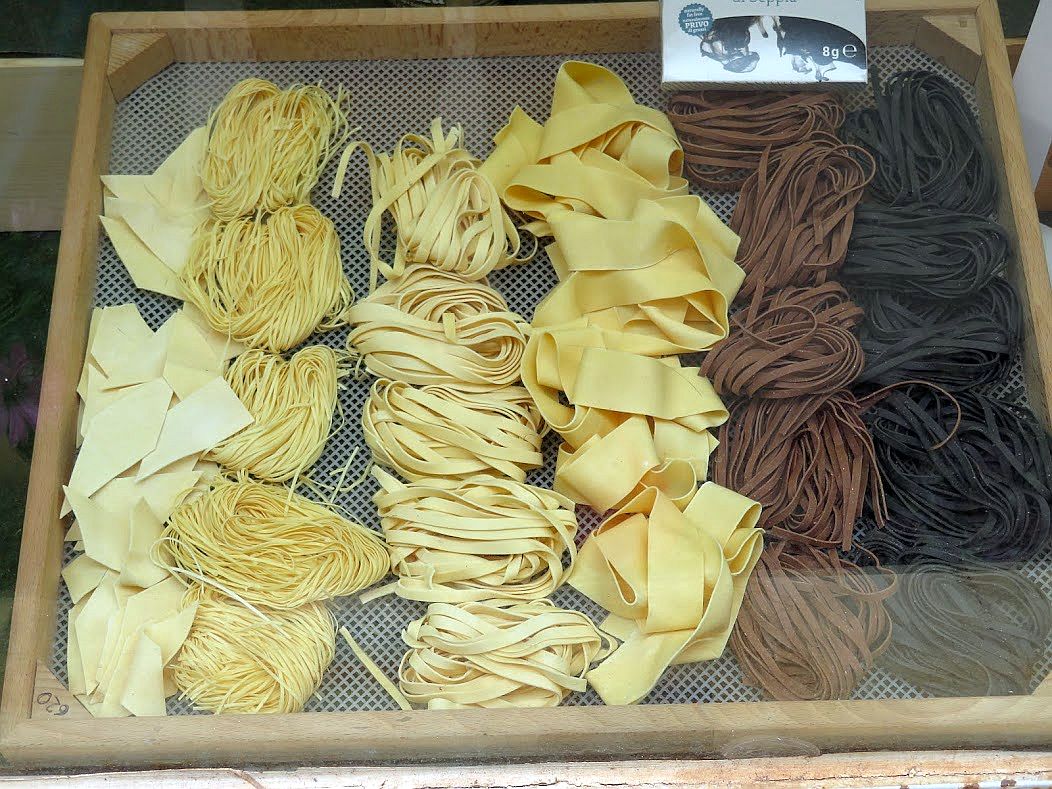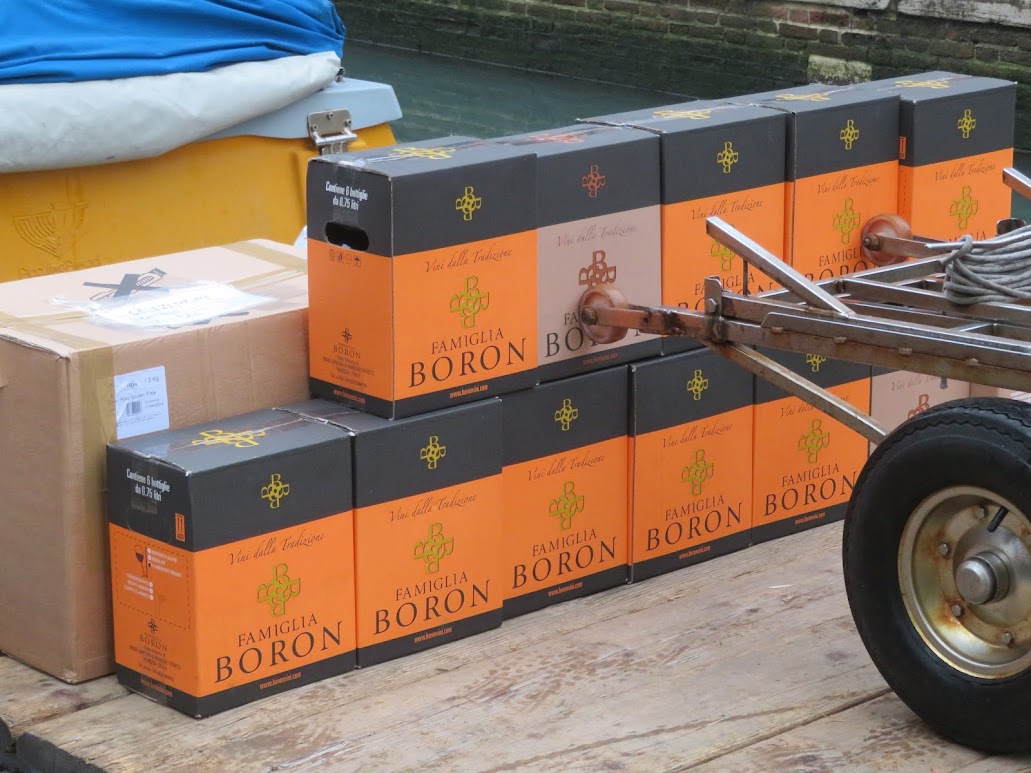
While we’re on the subject of food — and when are we not? — here are a few worthy character actors on the great Venetian culinary stage who may have been hidden in the swarm of the stereotypical food cluttering every Venetian menu.

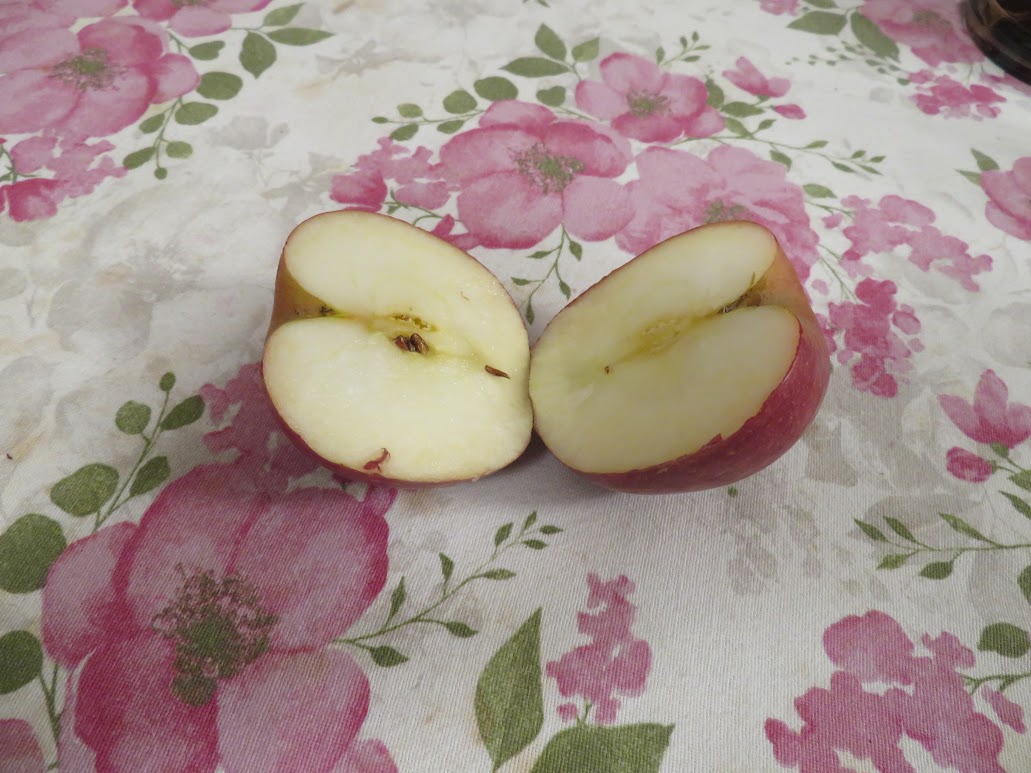
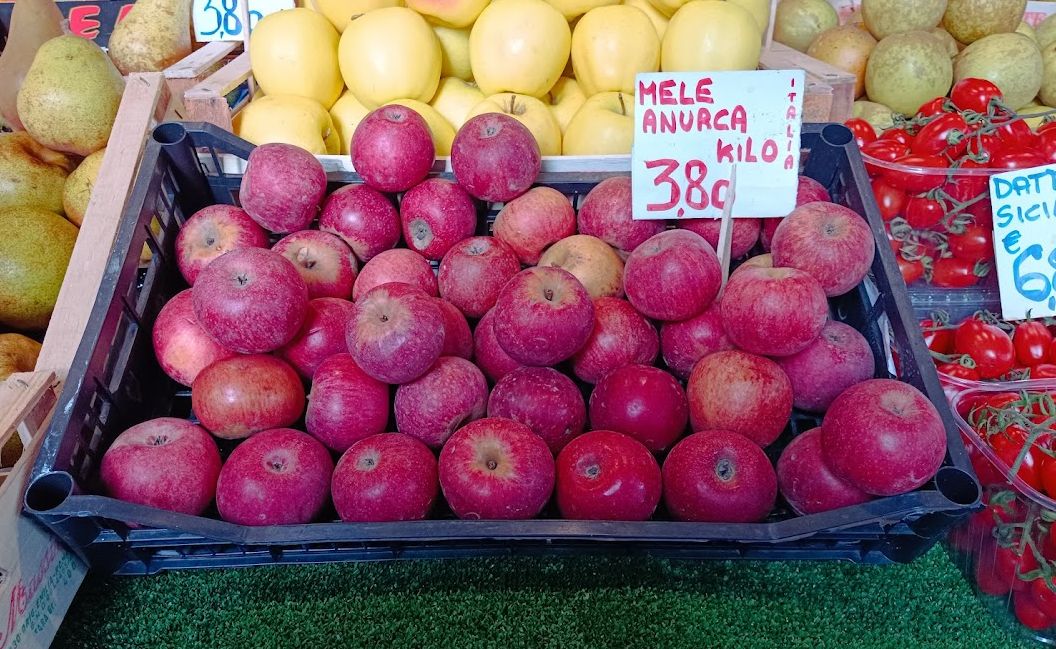
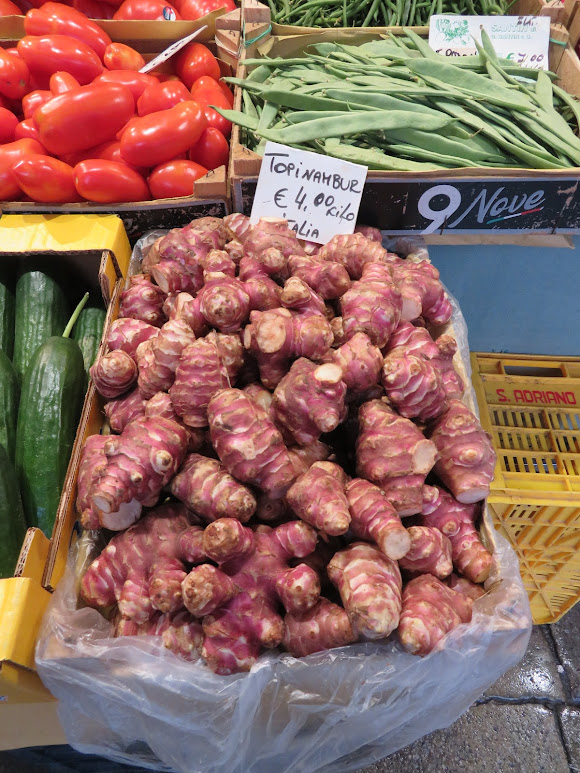
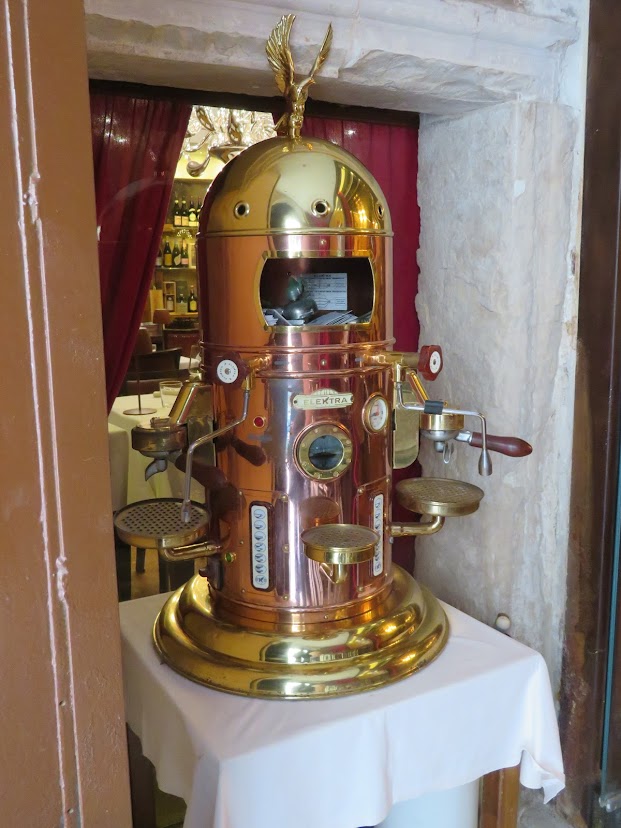
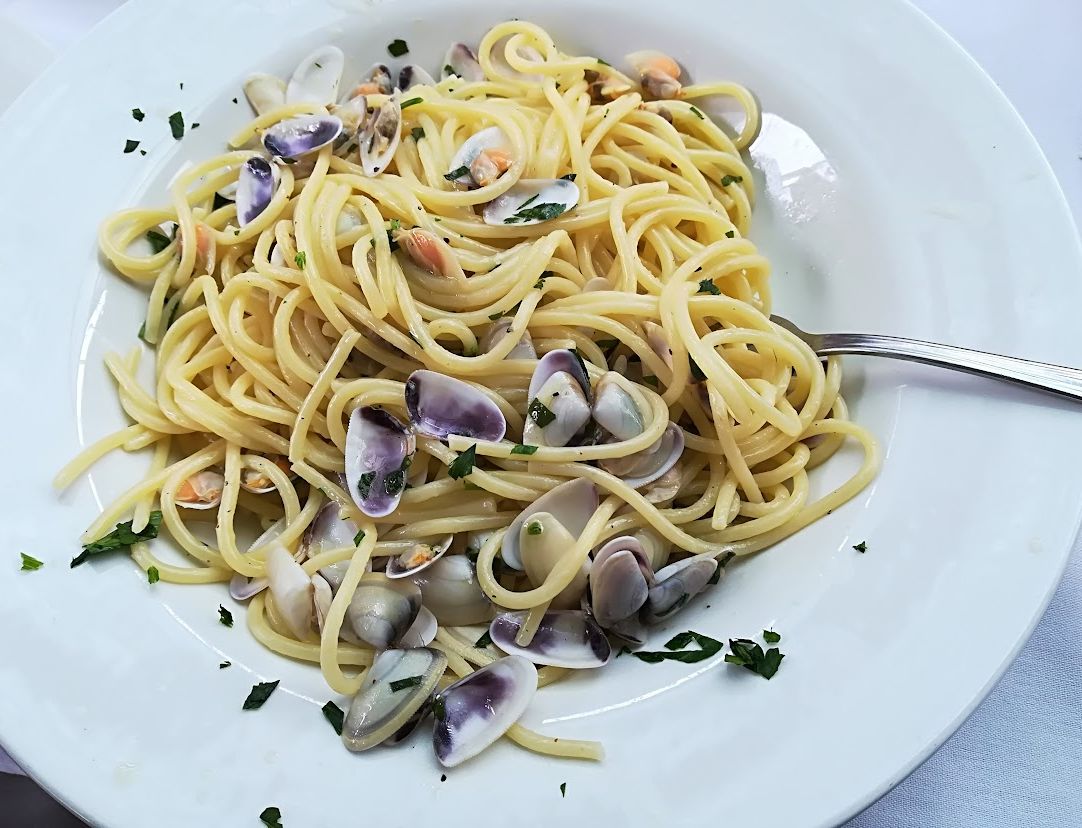
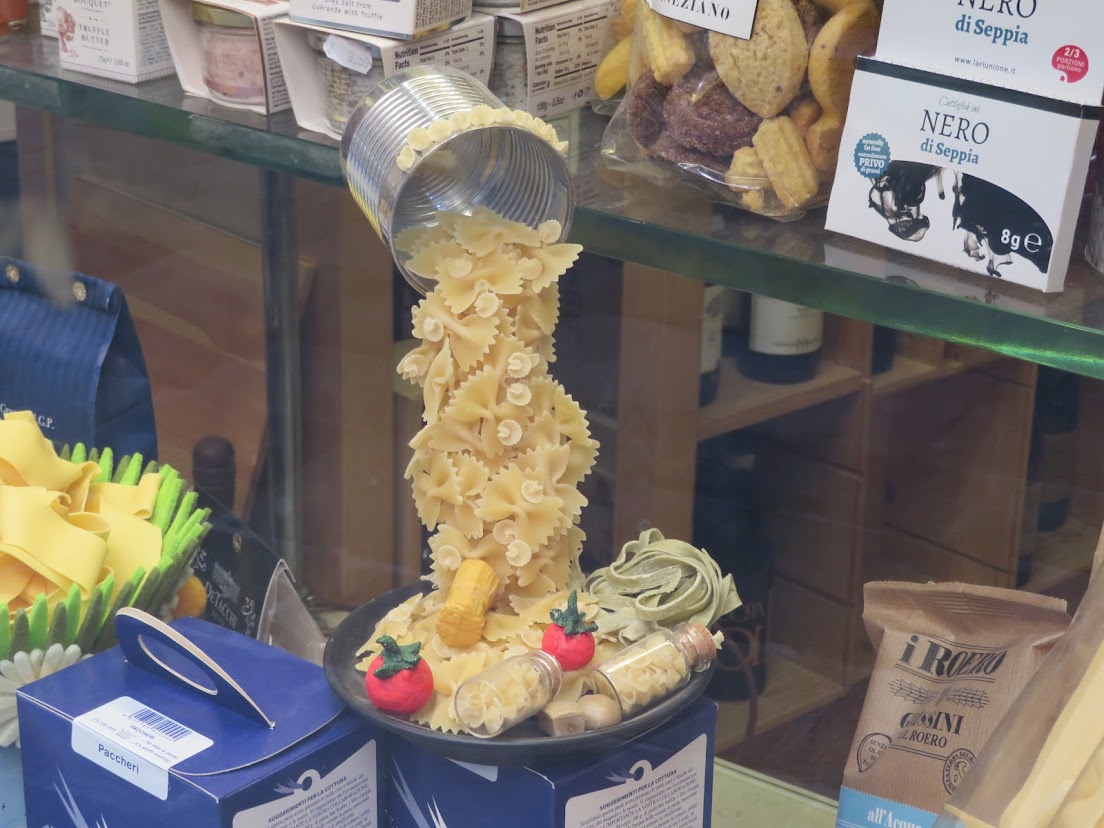
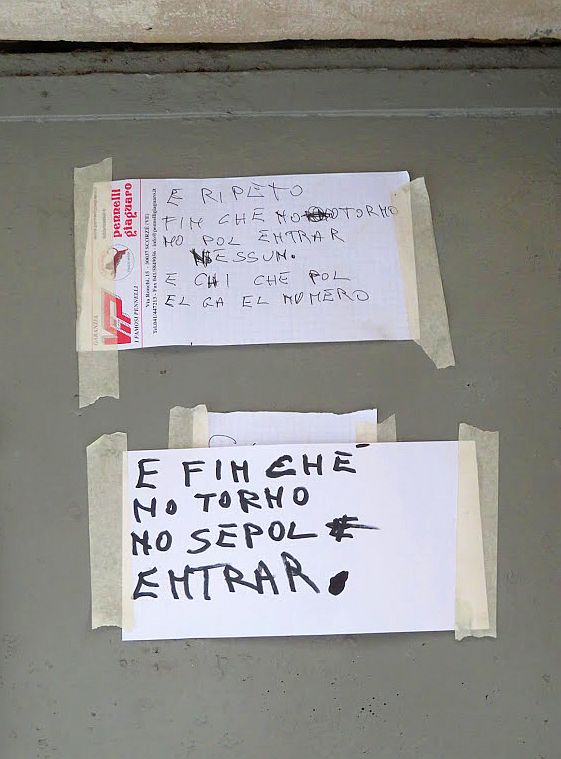
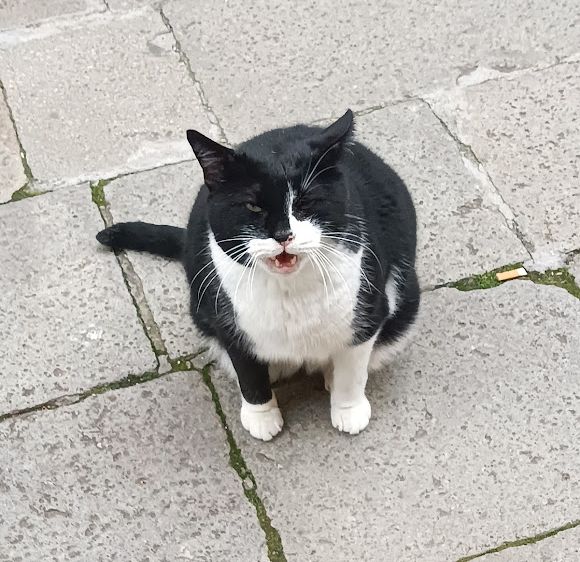

While we’re on the subject of food — and when are we not? — here are a few worthy character actors on the great Venetian culinary stage who may have been hidden in the swarm of the stereotypical food cluttering every Venetian menu.









A brief article in the Gazzettino Saturday added a few details about this artefact, which I pass along.
It’s called “Castello Cube.” I hadn’t realized it had a name, it seemed such a generic object. Not that the name is any less generic.
The creator goes by the nom de guerre Niclas Castello. Now I begin to comprehend. And it is being shown in Castello! It’s almost like destiny.
His real name is Norbert Zerbs. I myself would have totally kept this name. Be proud of your heritage, Zerbs!
The cube sat on the riva Ca’ di Dio for 24 hours, it says here, so that would also explain the security guards. There were ten of them.
It weighs 186 kilos (410 pounds) of 24-carat 999.9 fine gold. I’ll admit that for some reason I didn’t want this to be true. I was telling Lino that it was probably an empty cube made of iron sheets covered with gold leaf. Nope. It is precisely what it appears to be: A block of solid gold.
Never before in history has this much gold been worked into one artwork.
The value of this mass of metal is about 12,000,000 dollars.
Zerbs’s net worth is listed at 51,000,000 dollars.
I notice how many facts about this object have to do with quantities. Don’t know why this seems to fascinate people. A man in Alaska told me that a tourist looking at Denali once asked him how much it weighed.
It was displayed in Central Park in New York City last February.
An art historian named Dieter Buchhart made the following declaration (I translate): “It is a conceptual work that seems to have arrived from another world and now is standing on the paving-stones of Venice, without a pedestal.”
I’m as keen on conceptual works as the next person, even if the concept eludes me, but here’s a concept: By all means bring us a cube of gold that seems to have arrived from another world. Just stop talking drivel.
“The artwork is exhibited in public places so that it is accessible to everyone,” said another expert, “and people have the opportunity to rediscover art in the open space.”
I’ll tell you what — you’d need 186 kilos of self-confidence to put something you call art into an open space in a city that is composed almost entirely of art. I might discern something artistic about it if it were standing, say, in an acre of alfalfa, or drifting on a raft down the Monongahela river. But placing an object purporting to be art in Venice takes nerves of tungsten carbide.
Anyway, it’s gone now, continuing its quest to find a pedestal.
